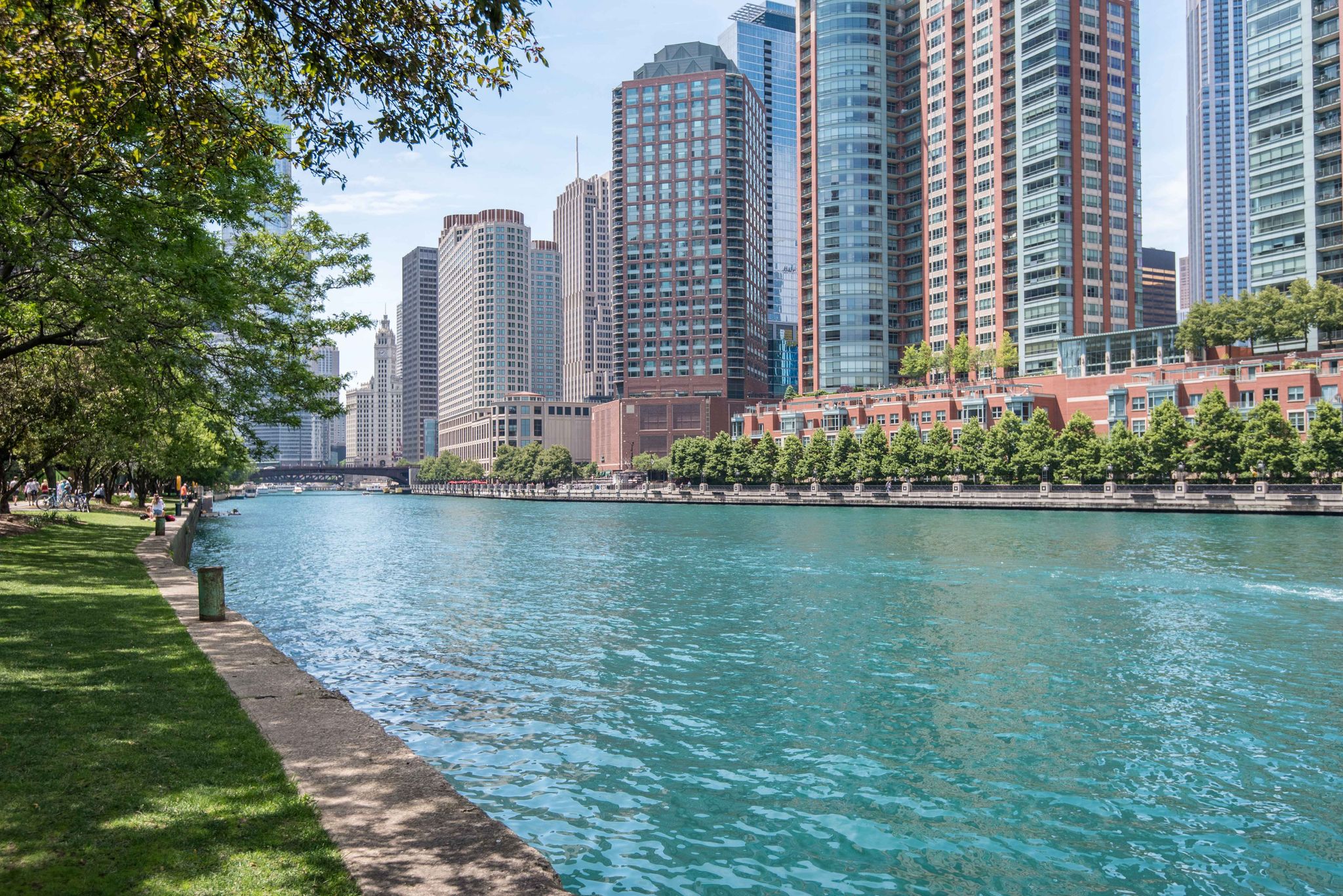
Where to live in Chicago in 2024
Chicago is a city known for its stunning architecture, vibrant culture, and diverse neighborhoods. With 50 wards and over 200 neighborhoods, it can be quite overwhelming to decide where to live. Whether you are a family looking for a peaceful setting, a foodie seeking trendy eateries, or an art enth

Moving to Lakeshore East Chicago: Your Ultimate Guide
Discovering Lakeshore East, ChicagoLakeshore East is a thriving, upscale neighborhood located along the shores of Lake Michigan and nestled between the Chicago River and Millennium Park. This urban oasis offers a unique blend of city life, stunning views, and easy access to some of Chicago’s most be

Moving to and Living in River West Chicago – Discover the Charm of this Trendy Neighborhood
Discovering River West Chicago Welcome to River West, one of Chicago’s trendiest and most diverse neighborhoods! Nestled between the bustling West Loop and the chic Fulton Market, River West has become a sought-after destination for those looking to embrace the Windy City’s urban charm. With its ri

West Loop Chicago 101: Everything You Need to Know About This Trendy Neighborhood
The West Loop, one of Chicago’s most vibrant neighborhoods, has transformed from a once-industrial area to a trendy urban oasis. With its rich history, cultural diversity, and accessibility to downtown Chicago, West Loop has become a sought-after destination for young professionals, families, and fo

All About Downtown : A Guide to Living in the Chicago Loop Neighborhood
The Chicago Loop : The City’s Beating HeartWelcome to The Loop, the bustling heart of Chicago! As the central business district and one of the most iconic neighborhoods in the city, The Loop offers a vibrant mix of attractions, historic architecture, and urban living. Situated along the shores of La

A Deep Dive Into The Hyde Park Chicago Neighborhood
Discovering Hyde Park: An IntroductionNestled on the shores of Lake Michigan, Hyde Park is a vibrant and historic neighborhood in Chicago. With its rich cultural scene, stunning architecture, and beautiful parks, Hyde Park offers an unforgettable experience for visitors and residents alike. In this

Discover Pilsen, Chicago: A Diverse Community You’ll Love to Call Home
Welcoming You to PilsenWelcome to Pilsen chicago, a vibrant and diverse neighborhood located on Chicago’s Lower West Side. With its rich history, strong Mexican-American influence, and thriving arts scene, Pilsen is quickly becoming one of the most sought-after areas to live in the Windy City. In th

Everything to Know about Lincoln Park Chicago – A Neighborhood Guide
Welcome to Lincoln ParkWelcome to our ultimate guide on moving to and living in Lincoln Park Chicago! If you’re considering a move to this vibrant and bustling neighborhood, you’re in the right place. Known for its beautiful parks, tree-lined streets, and stunning architecture, Lincoln Park is a tru

The Ultimate Neighborhood Guide to South Loop Chicago
Are you considering a move to the vibrant and bustling South Loop neighborhood in Chicago? You’ve come to the right place! Our comprehensive guide will walk you through everything you need to know about living in this exciting and diverse area, making it easier for you to make an informed decision a

Living Like a Local in Old Town Chicago: A Guide from a Resident
Welcome to Old Town Chicago!Nestled in the heart of the Windy City, Old Town, Chicago boasts a rich history and a vibrant atmosphere that attracts both long-time residents and newcomers alike. As one of the city’s most storied neighborhoods, Old Town offers a unique blend of historic charm and moder

Moving to Streeterville, Chicago: A Comprehensive Guide for New Residents
A Warm Welcome to the NeighborhoodNestled along the shores of Lake Michigan, Streeterville is a vibrant and bustling neighborhood that perfectly captures the essence of Chicago. With its prime location, world-class attractions, and diverse residential options, it’s no wonder many people are drawn to
Categories
Recent Posts










